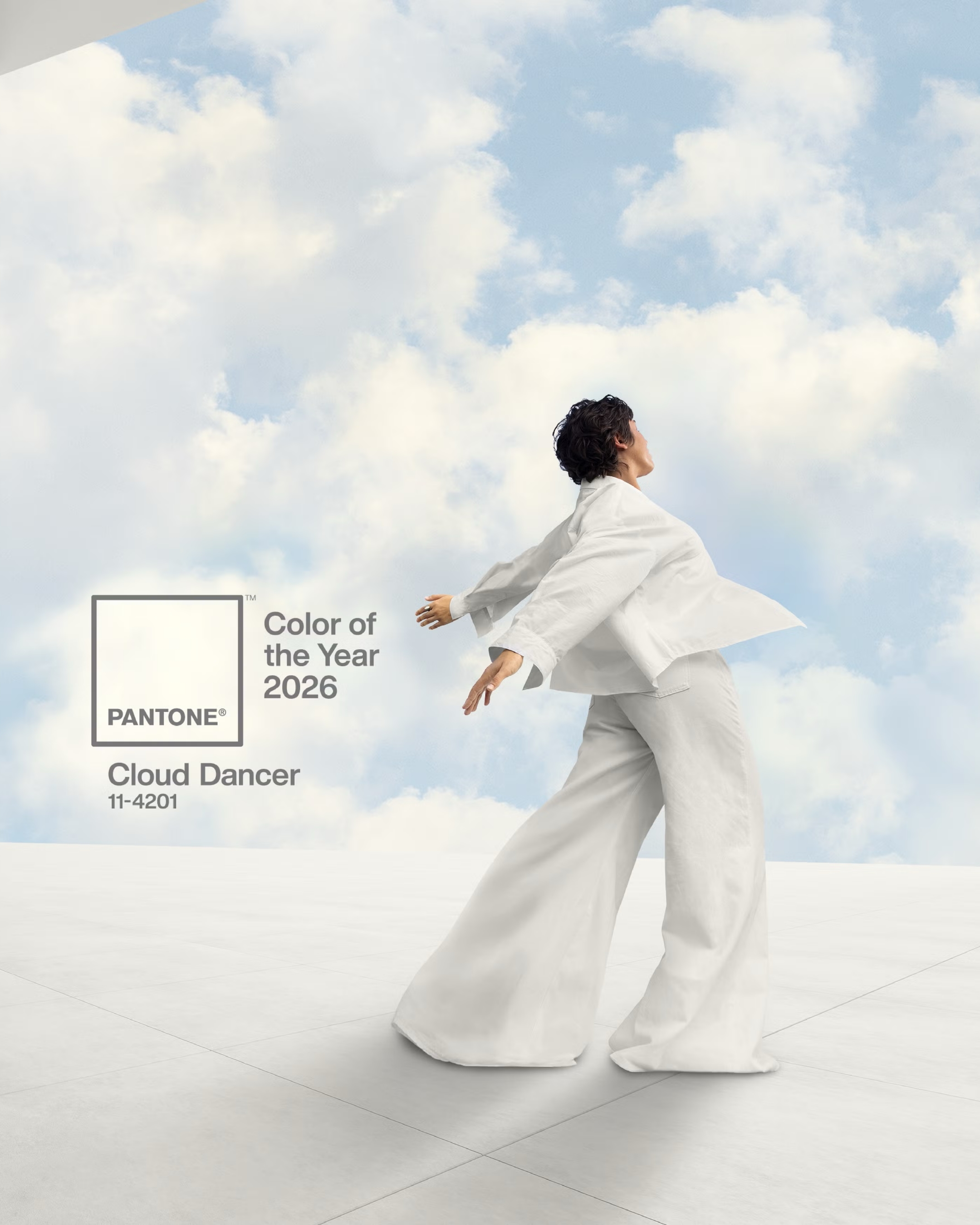Packaging plays a pivotal role in brand perception, product experience, and environmental impact. This guide dives into the multifaceted aspects of beauty packaging, offering insights for business owners who are keen to make informed decisions.
The Psychology of Color in Beauty Packaging
Color is not just an aesthetic choice—it's a psychological one. Different hues can evoke various emotions and associations in consumers, influencing their purchasing decisions. For instance, green often represents natural and organic products, while bold colors like red can signify luxury and power. Understanding your brand identity and the emotions you wish to evoke can guide your color choices, making your products stand out on the shelf and resonate with your target audience.

The beauty industry faces significant scrutiny over its environmental footprint, particularly regarding packaging. Traditional packaging solutions, often plastic-based, contribute to pollution and waste challenges. However, the industry is making strides towards more sustainable practices.
The Problem with Overpackaging
Overpackaging is a critical concern, with products often encased in multiple layers of unnecessary materials. This not only contributes to waste but also complicates recycling processes. Brands are increasingly seeking ways to minimize packaging or opt for eco-friendly materials without compromising product integrity or appeal.
Importance of Efficient Dispensers
A less discussed yet crucial aspect of packaging design is the functionality of dispensers, such as wipers and stoppers in lip glosses, mascaras, and dropper bottles. Efficient dispensers can significantly reduce product waste and mess, enhancing the consumer experience while promoting conservative use of the product.
Rethinking Recycling
While recycling is a vital component of sustainability, it's not a catch-all solution. The beauty industry's reliance on mixed materials makes many products challenging to recycle, leading to a high rate of landfill contributions. Innovative approaches, such as mono-material packaging and simplifying materials, are emerging to improve recyclability.
The Rise of Refillable Packaging
Refillable packaging represents a promising shift towards reducing waste. By allowing consumers to reuse primary packaging and purchase refills, brands can significantly decrease their environmental footprint. This approach not only appeals to eco-conscious consumers but also offers a unique unboxing experience that can reinforce brand loyalty.
Transparent Packaging: A Double-Edged Sword
Transparency in packaging—both literally and figuratively—can enhance consumer trust, allowing them to see the product directly and understand its composition. However, transparent packaging can increase product exposure to light and air, potentially compromising its integrity. Brands must balance aesthetic and functional considerations to ensure product quality and longevity.
Square vs. Round Packaging: A Question of Waste
The debate between square and round packaging often centers on aesthetics and brand identity. However, from a sustainability perspective, square packaging can be more wasteful due to inefficient space utilization in shipping and storage. Round packaging, on the other hand, can maximise space and reduce material usage, offering a more eco-friendly alternative.






.svg)


.svg)
.svg)






